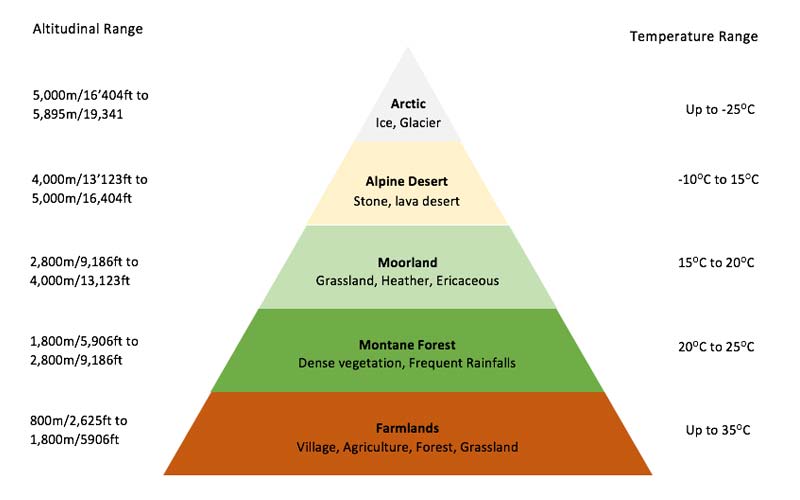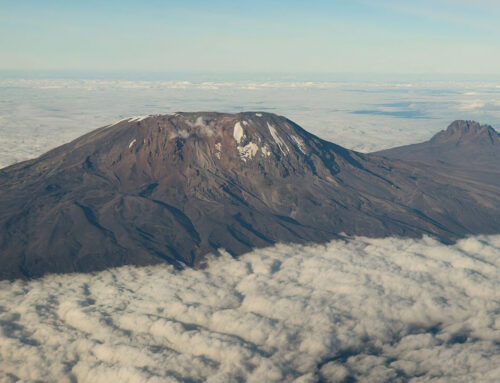Embarking on a journey to conquer Mount Kilimanjaro promises an awe-inspiring adventure. Yet, for many climbers, the lingering question remains: ‘How cold does it truly get on Kilimanjaro?’ Weather conditions atop this majestic peak can prove formidable, and grasping the nuances of its chilling temperatures is paramount for a safe and gratifying trek.
Within this comprehensive guide, we delve into the temperature fluctuations awaiting you on the mountain, furnish expert advice on maintaining warmth, and furnish invaluable insights to ensure your Kilimanjaro Climbing Tour is an indelible experience.
Unveiling Kilimanjaro’s Temperature Zones
As you ascend Kilimanjaro, you’ll traverse through several distinct temperature zones, each exerting a significant influence on the cold you’ll encounter during your Mt. Kilimanjaro climbing expedition. Here, we present an overview of these zones and the temperatures they entail.

Mastering the Chill: Adaptation Strategies for Cold Environments
Having grasped the temperature dynamics on Kilimanjaro, let’s delve into strategies for maintaining warmth and comfort throughout your Mount Kilimanjaro ascent.

Layering is Key
Quality Gear Matters
Investing in premium-quality gear is paramount, particularly a reliable down jacket and a snug sleeping bag. These essentials can markedly enhance your comfort and warmth, crucial for braving higher altitudes with confidence.

Equipping Yourself with Essential Headgear and Gloves
Remember to include a snug hat that covers your ears and insulated gloves to shield your extremities. Since a significant amount of body heat escapes through your head and hands, keeping them protected is crucial for staying warm.
Maintain Hydration and Nutrition
Ensuring proper nutrition and hydration not only sustains bodily functions but also aids in generating essential warmth. Opt for high-energy foods rich in carbohydrates and proteins to fuel your body’s internal furnace. Additionally, sipping on warm fluids like herbal teas or soups not only keeps you hydrated but also helps maintain optimal body temperature. By prioritizing nourishment and hydration, you provide your body with the resources it needs to combat the cold effectively, keeping you energized and comfortable during your endeavors.
Attune to Your Body’s Signals
Remaining attentive to the subtle cues of your body is paramount when traversing cold environments. Hypothermia and frostbite are genuine risks, characterized by symptoms like persistent shivering, confusion, or numbness in your extremities. However, the signs can vary, encompassing fatigue, slurred speech, or even clumsiness.
Therefore, it’s imperative to conduct regular self-checks, especially in challenging conditions. Should you detect any of these indicators, do not hesitate to take swift action. Seek shelter immediately, remove any wet clothing, and warm up gradually with dry layers and gentle movement. Ignoring these warning signals can exacerbate the situation, so prioritize your well-being and respond promptly to safeguard against cold-related ailments.





Leave A Comment